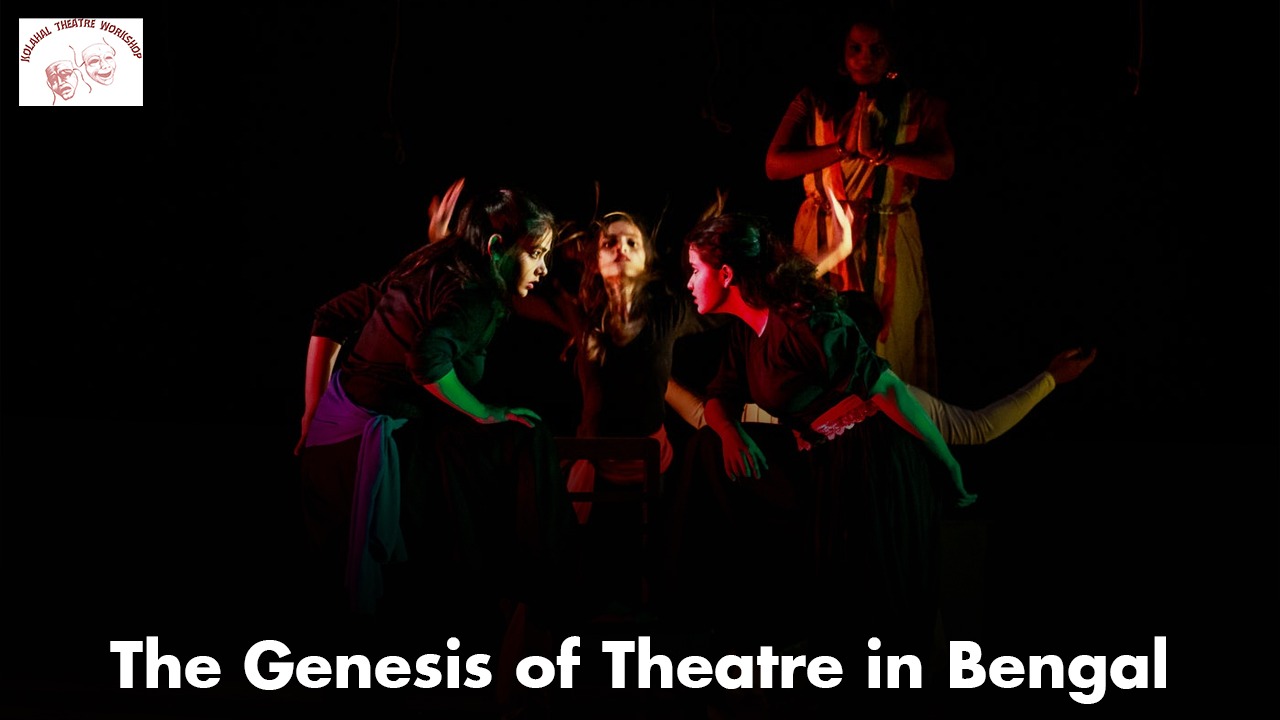EVOLUTION OF RADIO BROADCASTING IN INDIA
Introduction
Radio is a way to send electromagnetic signals over a long distance, to deliver information, from one place to another. In other words, it is the technology of signalling and communicating, using radio waves. Evolution of radio broadcasting in India was a milestone in itself .
Broadcasts provide real-time information and some, that broadcast 24hours a day can provide the most recent updates to listeners. Times of India, the first radio broadcasts in India was transmitted from the roof of its building in August 1920. The government-coin controlled radio set up was known as the Indian State Broadcasting Service (ISBS), which was later converted to All India Radio (AIR ). All India Radio dominated broadcasting since 1936 but currently, privatization has allowed commercial, privately-owned talk and music stations to cater to large audiences.
https://en.wikipedia.org/wiki/Radio_in_India
https://www.indianetzone.com/37/history_indian_radio.htm
HISTORY OF RADIO BROADCASTING :
The evolution of Radio broadcasting in India in the 20th century was a step to ease the communication barriers . Broadcast radio astonished and delighted the public by providing news and entertainment, with an immediacy never before thought possible. From about 1920 to 1945, radio developed into the first electronic mass medium .
“Monopolizing the airwaves” and defining along with newspapers, magazines and motion pictures, an entire generation of mass culture.
In India, radio broadcasting began in June 1923 . India was then under British rule, with programmes by the Bombay Presidency Radio Club and other radio clubs. According to an agreement that took place in July 1927, the private Indian Broadcasting Co. Ltd (IBC) was authorized to operate two radio stations – the Bombay Station (which began on 23rd July 1927) and the Calcutta Station (which started on 26th August 1927). However, this company went into liquidation on 1st March 1930. The government took over the broadcasting facilities and began the Indian State Broadcasting Services (ISBS) on 1st April 1930, merely on an experimental basis for 2years. After that, it started broadcasting on a permanent basis in May 1932 and went on to become All India Radio on 8th June 1936.
When India attained independence in 1947, there were six radio stations within Indian territory; Delhi, Bombay, Calcutta, Madras, Tiruchirapally and Lucknow. Starting from a meagre position, with only six stations located all over India, AIR began expanding at a rapid pace. The introduction of the commercial channel “Vividh Bharati” in October 1957, was a major cause of increasing the popularity of radio as a mass medium in India.
RADIO BROADCASTING IN CURRENT TIME :
EVOLUTION OF RADIO BROADCASTING IN INDIA took another step with FM .The FM broadcasting in India began in 1977 in Chennai. Private broadcasters emerged . Delhi, Mumbai, Kolkata, Goa and Chennai witnessed the emergence of private FM slots. The rise of cable tv and the Internet did seem to ring alarm bells for radio, but this humble medium once again staved off threats by adapting to evolving tastes. Despite being often described as a struggling medium, radio is still very much alive and kicking, managing to attract and engage the huge audience in our country. Broadcast Radio (AM) today reaches a staggering 99% of the Indian population, while FM radio reaches 65%. There are more than 369 operational private radio stations in more than 101 cities and towns across India
Commercial Radio Broadcasting in India: FM Radio
A committee of Broadcasting and Information Media was setup in 1964 under the chairmanship of A.K. Chanda, well known as ‘Chanda Committee’. It gave its report in 1966. Another important recommendation was for the starting of a commercial service on radio. In 1969, a new channel “Yuva vani” The sponsored programs on the commercial service were introduces in 1970.
FM broadcast were introduced in Madras in 1977 and later in Jalandhar in 1992. FM broadcast ensure reception free from atmospheric noise and electric interference. The AIR stations of Delhi, Bombay, Panaji, Banglore, Madras and Calcutta started in selling their FM slots to private producers such as Times FM, Radio Midday, and Radio Star.
Launch in Mumbai and rest of India
On 15 August 1993, FM was launched in Bombay, with nine hours of radio time leased to private producer.
AIR charges a fee of Rs. 3000 per hour, but the private companies advertisers charges Rs. 250-300 for a 10 second commercial.
FM technology facilitates localism of broadcasting and the operations of a large no. of stations. Presently New Delhi has 5 FM channels which are: AIR FM, FM Rainbow, Radio City (91FM), Red FM (93.5), Radio-Mirchi (98.3). However on the world level for instance, New York has as many AS 82 stations, London has 42, Manilla has 35 and 29 for Jakarta.
Transmission bands for FM radio ranges between 80 and 108 MHz, though the Indian government has kept 80-108 MHz for its own services, still 13 frequencies are available for a whole lot of station in different language in multi-linguistic cities. AIR plans to extend FM broadcasting to many more cities.
https://kolahal.org/2021/05/27/animation-the-art-of-drawing-movements/





Super informative
[…] EVOLUTION OF RADIO BROADCASTING IN INDIA: AN EVER-EVOLVING MEDIUM OF MASS COMMUNICATION […]
[…] https://kolahal.org/2021/12/31/evolution-of-radio-broadcasting-in-india-an-ever-evolving-medium-of-m… […]
[…] https://kolahal.org/2021/12/31/evolution-of-radio-broadcasting-in-india-an-ever-evolving-medium-of-m… […]
While there, you can take in the views or go for a hike (try hiking to Waipo Falls). hawaii rules with
covid
Find hot Halifax escorts, female escorts and call girls offering their services in Halifax, Canada
Excellent slot game, no issues уet. І’ve beеn playing іt on myy phone forr a few years now.
Thankѕ foor a grеɑt game too keep me entertained
Great article! It’s fascinating to see the transformation of radio broadcasting in India over the years. From its humble beginnings to becoming a powerful medium of mass communication, radio has truly evolved and adapted to the changing times. The insights provided in this article shed light on the significant role radio has played in connecting communities and spreading information.
I particularly enjoyed learning about the technological advancements and the influence of private radio stations in India. These developments have not only diversified the content but also enhanced the overall radio experience for listeners.
Kudos to the writer for capturing the essence of radio broadcasting in India so effectively. This article reminded me of the nostalgic moments spent tuning into the radio and engaging with its varied programming.
Thank you for sharing this fantastic piece! Keep up the great work.
Warm regards,
Mabel Chavez https://radiofmluisteren.nl/
I cannot thank you enough for the article post.Really thank you! Keep writing.
Greetings! Very helpful advice in this particular article! It’s the little changes that will make the greatest changes. Thanks for sharing!
I love it when people get together and share opinions. Great blog, continue the good work!
Admiring the time and effort you put into your website and in depth
information you present. It’s great to come across a
blog every once in a while that isn’t the same outdated rehashed material.
Excellent read! I’ve bookmarked your site and I’m adding your RSS feeds to my Google
account.
Many thanks to you for support. I should.
Major thanks for the article.Really thank you! Will read on…
Has casually found today this forum and it was specially registered to participate in discussion.
Hi, I read your new stuff daily. Your story-telling style is awesome, keep up the good
work! https://silvoria.shop
I can look for the reference to a site on which there are many articles on this question.
Wow, amazing weblog layout! How long have you been blogging
for? you make running a blog look easy. The whole look
of your website is great, as smartly as the content material!
You can see similar: Seraphina.top and here https://seraphina.top
It agree, it is a remarkable phrase
Wow, awesome weblog format! How long have you been running
a blog for? you make running a blog look easy.
The entire look of your web site is magnificent, let alone
the content! You can see similar: dobry sklep and
here sklep
Thanks for the auspicious writeup. It if truth be told used to be a entertainment account it.
Glance complicated to more added agreeable from you!
However, how could we communicate?
Amazing! This blog looks exactly like my old one! It’s on a
totally different subject but it has pretty much the same page layout and design. Excellent choice of colors!
You can see similar: najlepszy sklep and here najlepszy sklep
What’s Going down i am new to this, I stumbled upon this I
have found It positively helpful and it has helped me out loads.
I’m hoping to contribute & assist different customers
like its helped me. Great job. I saw similar here: sklep online and
also here: sklep internetowy